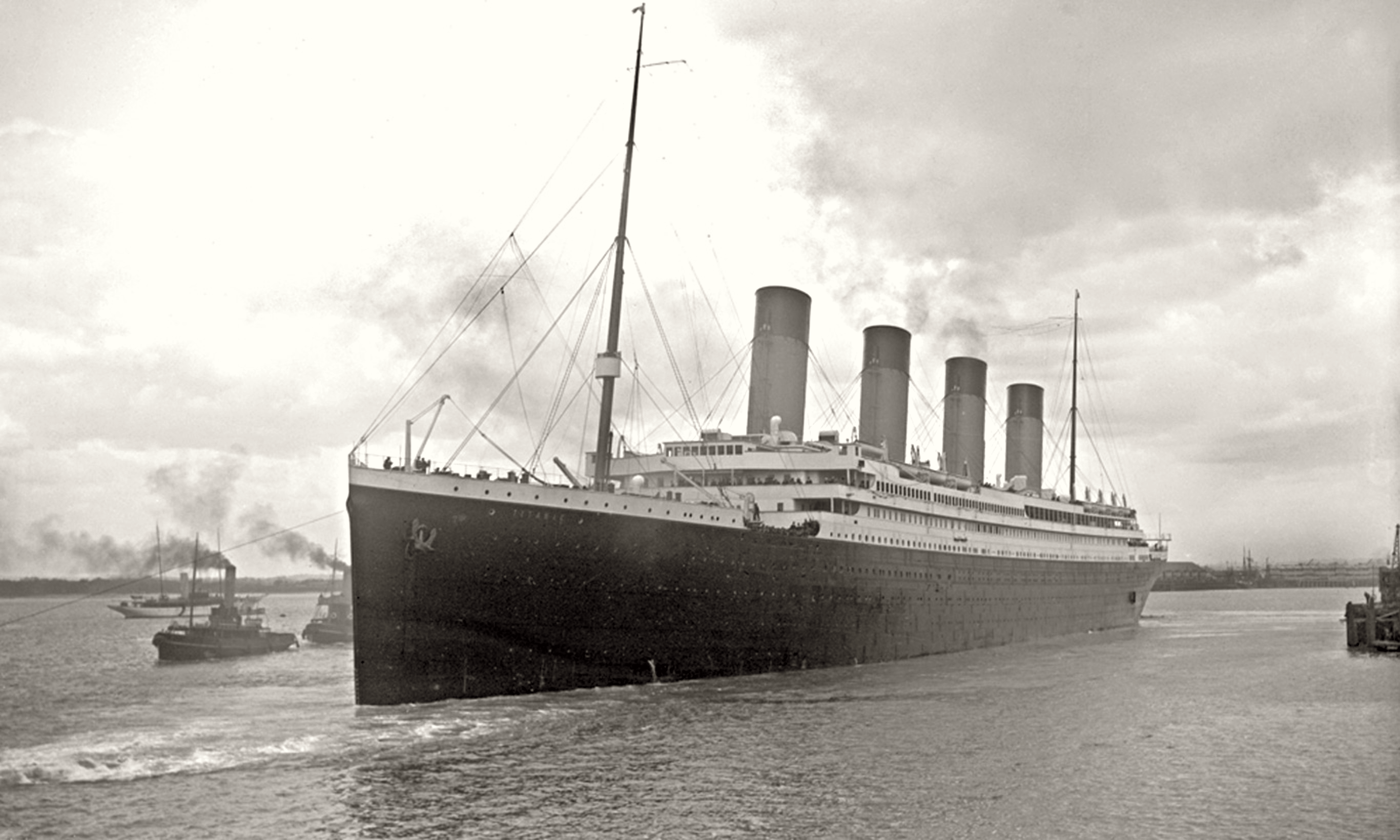10 Old Technologies That Were Shockingly Ahead of Their Time
In the vast expanse of human history, technological advancements have often emerged as beacons of progress, illuminating the path toward a future that once seemed inconceivable. These innovations, born from the crucible of human ingenuity, have consistently defied the limitations of their time. The journey of technology is a testament to our relentless pursuit of knowledge and the audacity to challenge the status quo. This article embarks on a journey through time, exploring 10 brilliant technologies that not only pushed the boundaries of what was possible but also redefined the era in which they were conceived. From the whispers of early inventions to the resounding echoes of modern breakthroughs, these technologies have left an indelible mark on the tapestry of human advancement. As we delve into each section, we will uncover the stories behind these groundbreaking innovations, examining how they transcended the imagination of their creators and reshaped the world in ways previously unimagined.
1. The Printing Press - Revolutionizing Information Dissemination
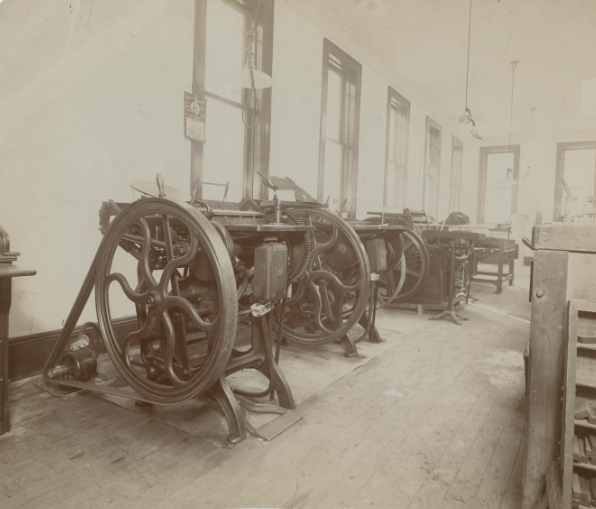
The invention of the printing press by Johannes Gutenberg in the mid-15th century marked a pivotal moment in the history of communication. Prior to its development, books were painstakingly copied by hand, a labor-intensive process that limited access to information. Gutenberg's press, with its movable type, revolutionized the production of books, making them more affordable and accessible. This democratization of knowledge had profound implications, fueling the Renaissance and the Reformation by facilitating the spread of new ideas and challenging established doctrines. The printing press was not merely a technological innovation; it was a catalyst for intellectual and cultural transformation, laying the groundwork for the modern knowledge economy. The impact of the printing press extended beyond Europe, influencing societies worldwide. It enabled the standardization of texts, which played a crucial role in developing national languages and identities. Moreover, the press contributed to the rise of literacy, empowering individuals to engage with the world in new ways. By examining the ripple effects of Gutenberg's invention, we gain insight into how a single technological breakthrough can alter the trajectory of human civilization, setting a precedent for future innovations that defy their eras.
2. The Steam Engine - Powering the Industrial Revolution
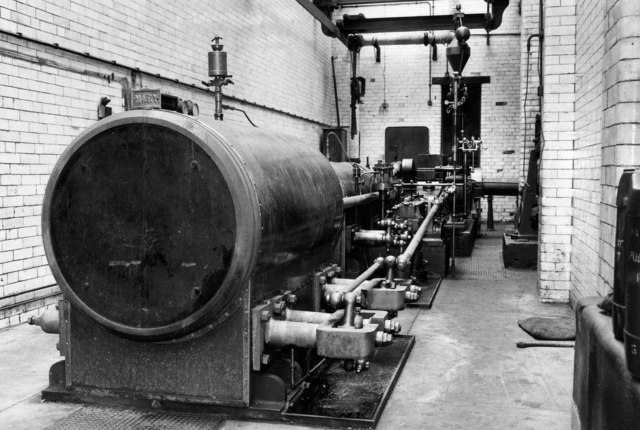
The steam engine, developed in the late 17th and early 18th centuries, was a harbinger of the Industrial Revolution, transforming economies and societies in unprecedented ways. Initially conceived as a solution to pump water out of mines, the steam engine evolved into a versatile power source that fueled factories, locomotives, and ships. Its ability to convert heat into mechanical work unleashed a wave of industrialization, enabling mass production and the efficient transportation of goods and people. The steam engine's impact on society profoundly reshaped labor markets and urban landscapes. It facilitated the rise of industrial cities, drawing workers from rural areas searching for employment opportunities. This migration, coupled with the mechanization of production, led to significant social and economic changes, including the emergence of a new middle class and the expansion of global trade networks. By examining the steam engine's role in the Industrial Revolution, we gain a deeper understanding of how technological innovations can drive transformative societal shifts, setting the stage for future advancements that continue to defy the imagination.
3. The Telegraph - Bridging Distances with Instant Communication
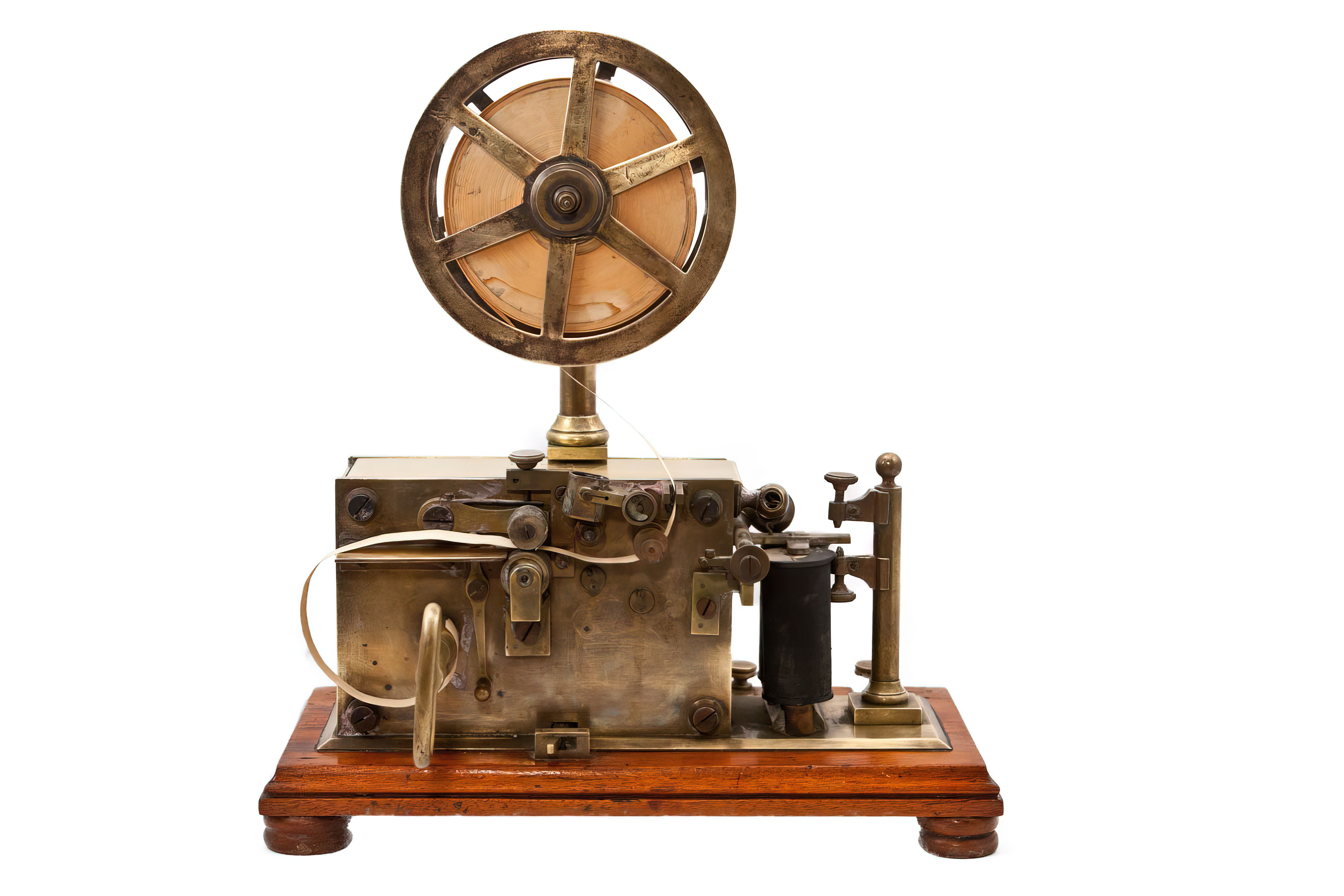
The telegraph, developed in the early 19th century, revolutionized communication by enabling the rapid transmission of information over long distances. Prior to its invention, messages were conveyed by physical means, often taking days or weeks to reach their destination. The telegraph, with its ability to transmit coded messages via electrical signals, bridged geographical divides, shrinking the world in ways previously unimaginable. It laid the foundation for modern telecommunications, paving the way for subsequent innovations such as the telephone and the internet. The telegraph's impact extended beyond communication, influencing various aspects of society, including commerce, journalism, and warfare. It facilitated the coordination of complex operations, such as the management of railroads and the dissemination of news, transforming industries and altering power dynamics. By examining the telegraph's role in bridging distances, we understand how technological advancements can reshape human interactions, fostering a sense of interconnectedness that transcends physical boundaries.
4. The Light Bulb - Illuminating the Modern World

The invention of the incandescent light bulb by Thomas Edison in the late 19th century marked a turning point in human history, transforming how we live and work. Prior to its development, artificial lighting was limited to candles and gas lamps, which were inefficient and posed safety hazards. Edison's light bulb, with its ability to produce a steady and reliable light source, revolutionized illumination, extending productive hours and enhancing the quality of life. The light bulb's impact on society profoundly influenced urban planning, architecture, and lifestyle. It enabled the growth of cities by facilitating nighttime activities and improving public safety. Moreover, the widespread adoption of electric lighting spurred the development of electrical infrastructure, laying the groundwork for the electrification of homes and industries. By examining the light bulb's role in illuminating the modern world, we gain a deeper understanding of how technological innovations can enhance human capabilities, creating new possibilities that defy the imagination.
5. The Airplane - Conquering the Skies
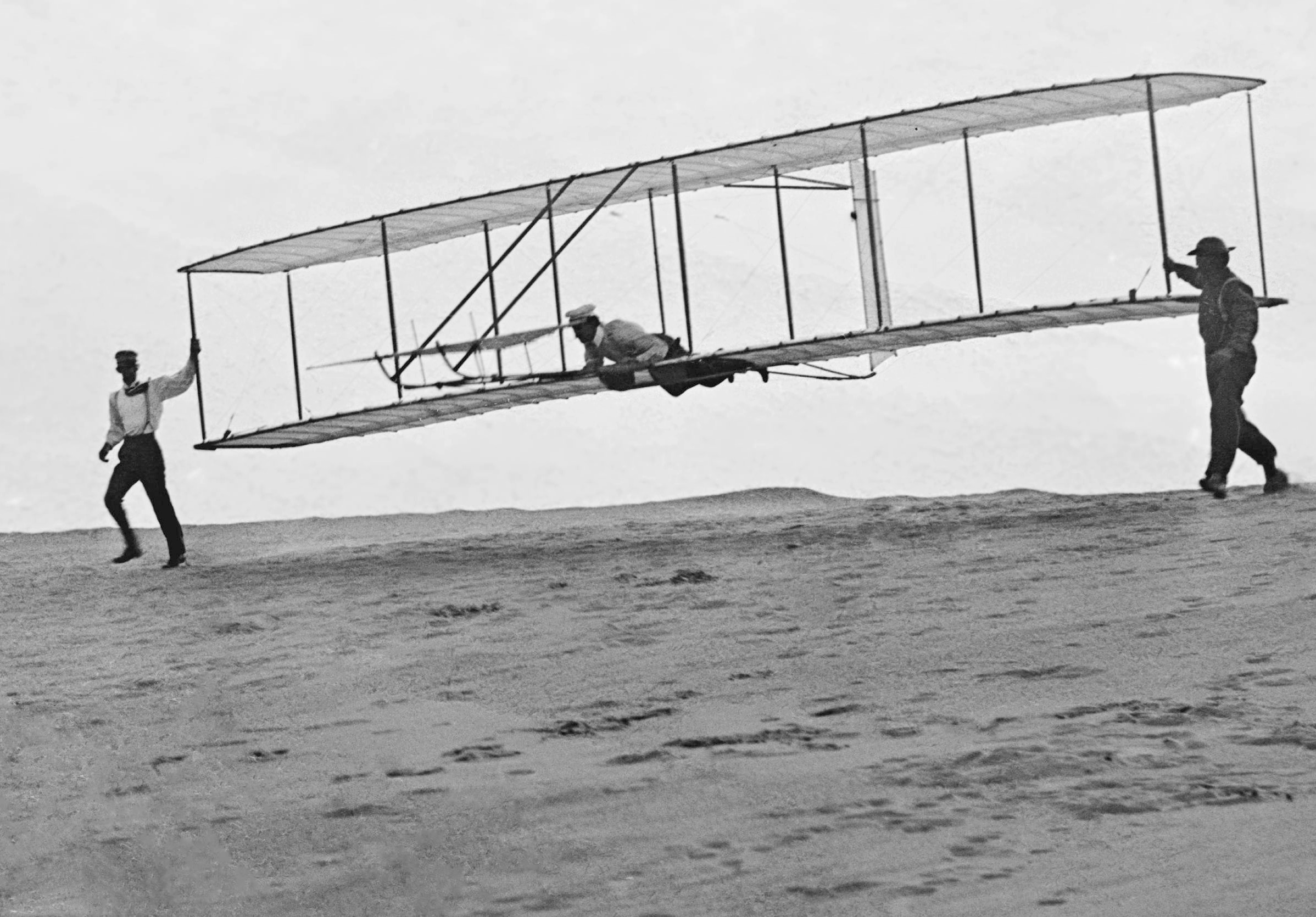
The invention of the airplane by the Wright brothers in the early 20th century was a testament to human ingenuity and the desire to conquer the skies. Prior to its development, the dream of flight was relegated to the realm of fantasy, with numerous failed attempts and skeptical critics. The Wright brothers, through meticulous experimentation and innovation, achieved the first powered flight, opening a new frontier for exploration and transportation. The airplane's impact on society was transformative, revolutionizing travel and commerce. It enabled the rapid movement of people and goods across continents, shrinking the world and fostering global interconnectedness. Moreover, aviation played a crucial role in shaping modern warfare, altering power dynamics and conflict. By examining the airplane's role in conquering the skies, we gain insight into how technological advancements can redefine human capabilities, pushing the boundaries of what was once possible.
6. The Computer - Revolutionizing Information Processing
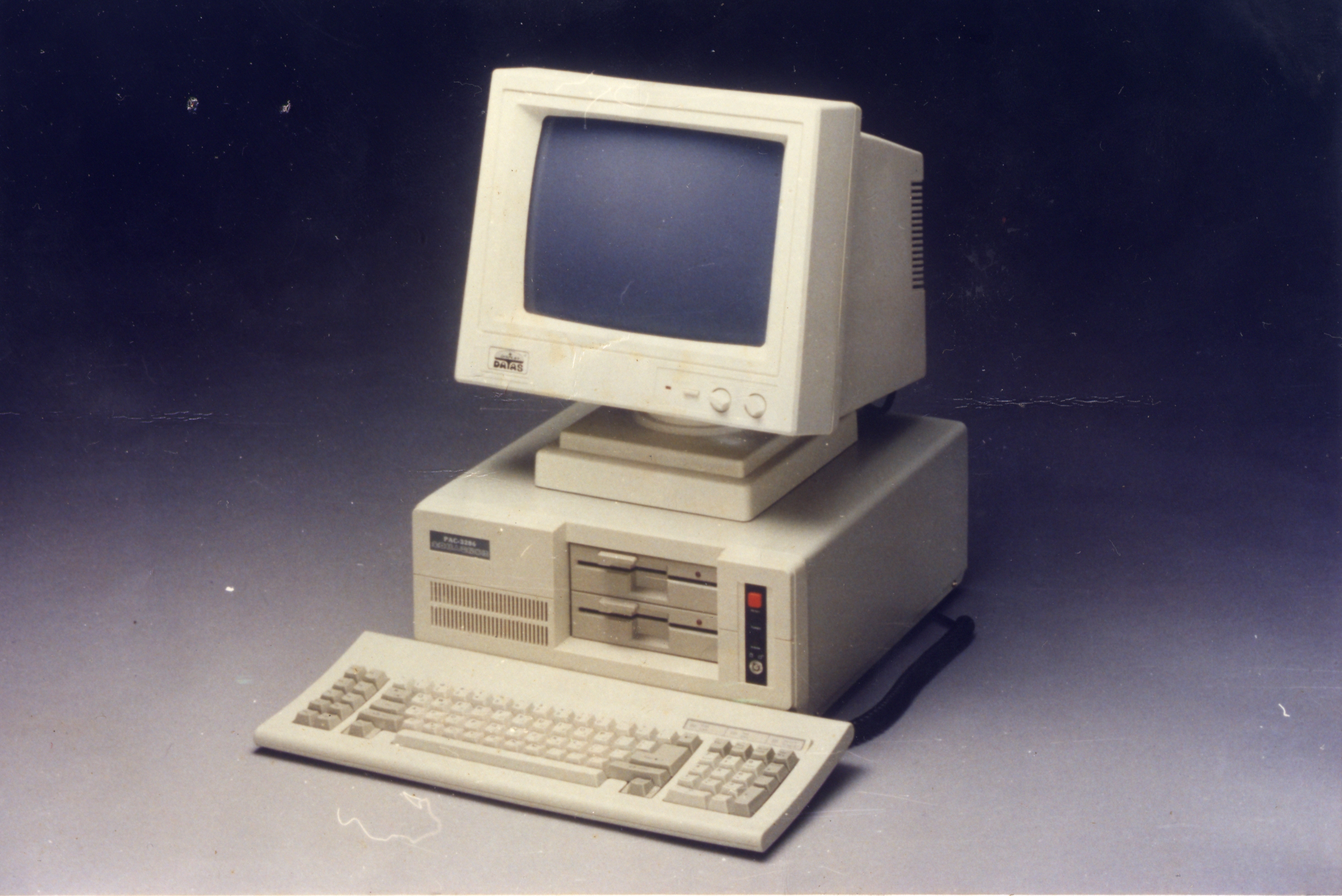
The development of the computer in the mid-20th century marked a watershed moment in the history of information processing. Initially conceived as a tool for complex calculations, the computer evolved into a versatile machine capable of performing various tasks. Its ability to process and store vast amounts of data revolutionized industries, transforming how we work, communicate, and interact with the world. The computer's impact on society profoundly influenced various aspects of life, including education, entertainment, and commerce. It facilitated the rise of the digital age, enabling the creation of the internet and the proliferation of digital technologies. By examining the computer's role in revolutionizing information processing, we gain a deeper understanding of how technological innovations can reshape human capabilities, creating new possibilities that defy the imagination.
7. The Internet - Connecting the World
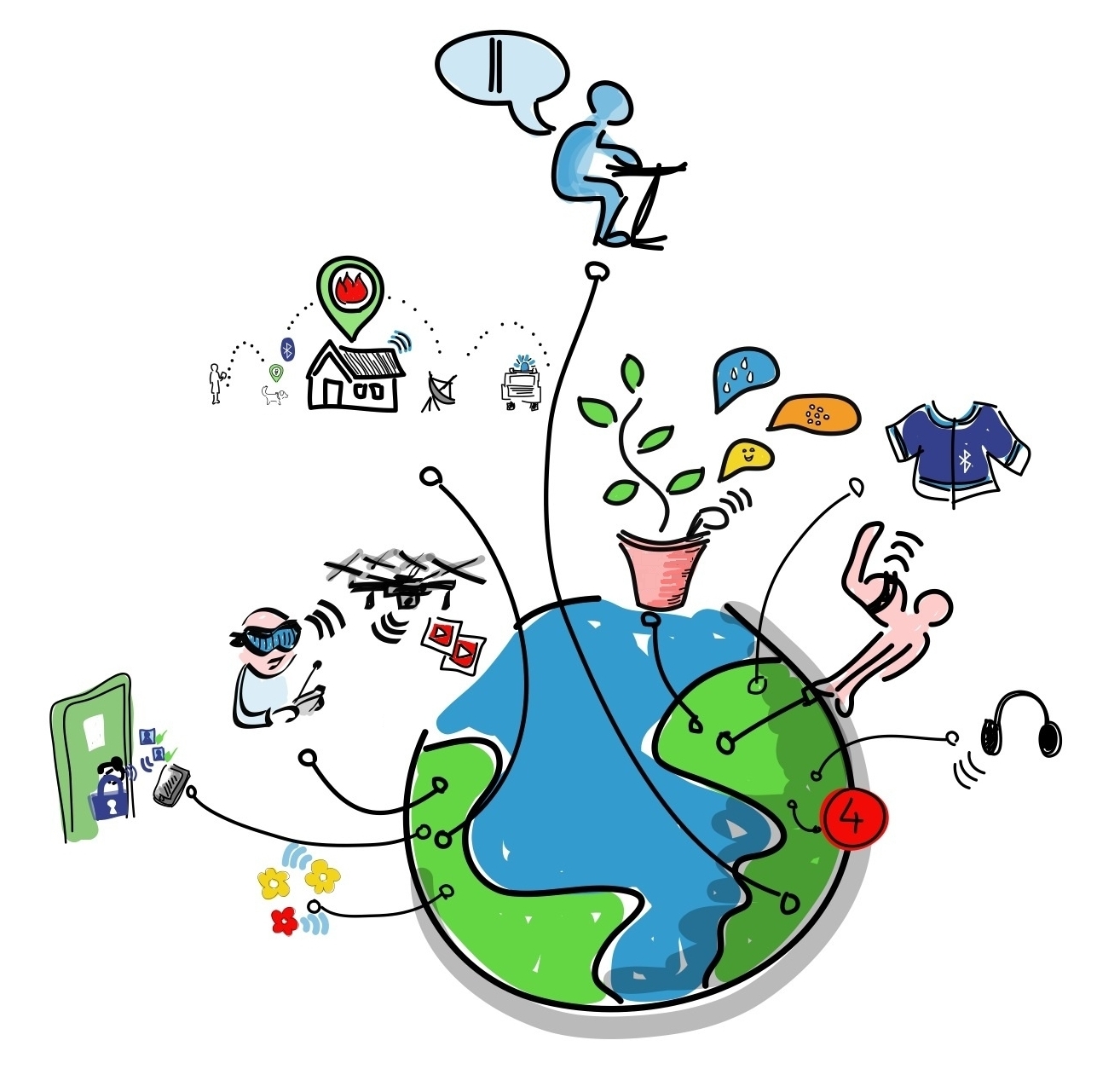
The development of the internet in the late 20th century was a transformative event that reshaped how we live, work, and communicate. Initially conceived as a military project, the internet evolved into a global network that connects billions of people and devices. Its ability to facilitate the rapid exchange of information and ideas has revolutionized industries, transforming the global economy and fostering a sense of interconnectedness that transcends geographical boundaries. The internet's impact on society has profoundly influenced various aspects of life, including education, entertainment, and commerce. It has enabled the rise of digital platforms, transforming how we access information and interact with the world. Moreover, the internet has played a crucial role in shaping modern communication, enabling the rapid dissemination of information and fostering global dialogue. By examining the internet's role in connecting the world, we learn how technological advancements can reshape human interactions, creating new possibilities that defy the imagination.
8. The Smartphone - Revolutionizing Communication and Connectivity

The advent of the smartphone in the early 21st century marked a new era in communication and connectivity. Building on the foundations of the internet and mobile technology, smartphones have transformed how we interact with the world. These versatile devices, with their ability to combine communication, computing, and multimedia capabilities, have become indispensable tools in our daily lives. The smartphone's impact on society has profoundly influenced various aspects of life, including communication, entertainment, and commerce. It has enabled the rise of social media, transforming how we connect with others and share information. Moreover, smartphones have played a crucial role in shaping modern communication, enabling the rapid exchange of information and fostering global dialogue. By examining the smartphone's role in revolutionizing communication and connectivity, we gain insight into how technological advancements can reshape human interactions, creating new possibilities that defy the imagination.
9. Artificial Intelligence - Redefining Human-Machine Interaction
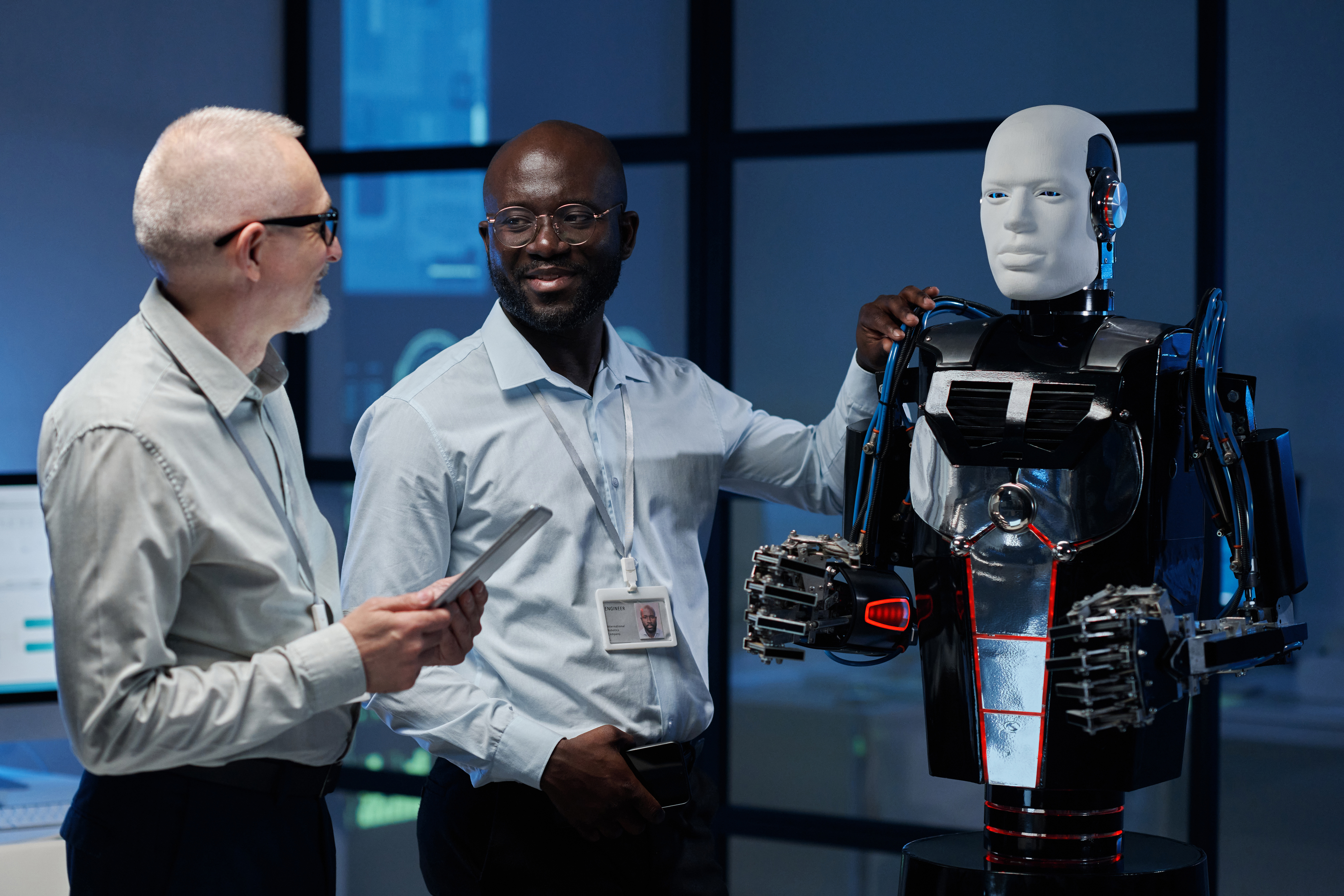
The development of artificial intelligence (AI) in the 21st century has redefined the boundaries of human-machine interaction. Initially conceived as a tool for automating tasks, AI has evolved into a powerful technology capable of learning and adapting to new situations. Its ability to process and analyze vast amounts of data has revolutionized industries, transforming how we work, communicate, and interact with the world. AI's impact on society has profoundly influenced various aspects of life, including healthcare, finance, and entertainment. It has enabled the rise of intelligent systems, transforming how we access information and interact with the world. Moreover, AI has played a crucial role in shaping modern communication, enabling the rapid dissemination of information and fostering global dialogue. By examining AI's role in redefining human-machine interaction, we gain insight into how technological advancements can reshape human capabilities, creating new possibilities that defy the imagination.
10. Renewable Energy Technologies - Powering a Sustainable Future

The development of renewable energy technologies in the 21st century marks a significant shift towards a sustainable future. With growing concerns about climate change and the depletion of fossil fuels, renewable energy sources such as solar, wind, and hydroelectric power have become viable alternatives. These technologies have the potential to revolutionize the way we generate and consume energy, reducing our dependence on non-renewable resources and mitigating environmental impact. The impact of renewable energy technologies on society has been profound, influencing various aspects of life, including energy production, transportation, and industry. They have enabled the rise of sustainable practices, transforming how we approach energy consumption and resource management. Moreover, renewable energy technologies have been crucial in shaping modern environmental policy, fostering global dialogue on sustainability and climate change. By examining the role of renewable energy technologies in powering a sustainable future, we gain insight into how technological advancements can reshape human capabilities, creating new possibilities that defy the imagination.
As we reflect on the journey through these 10 brilliant technologies, it becomes evident that innovation is a constant and unending pursuit. Each technological breakthrough, from the printing press to renewable energy technologies, has defied the limitations of its era, pushing the boundaries of what was once deemed possible. These innovations have not only transformed industries and societies but have also redefined the human experience, creating new possibilities that continue to inspire and captivate the imagination. The journey of technology is a testament to our collective ingenuity and the relentless pursuit of progress. As we stand on the precipice of new advancements, we are reminded of the power of human creativity and the potential for future innovations to defy their eras. By embracing the spirit of exploration and discovery, we can continue to push the boundaries of what is possible, shaping a future that is as limitless as our imagination.






